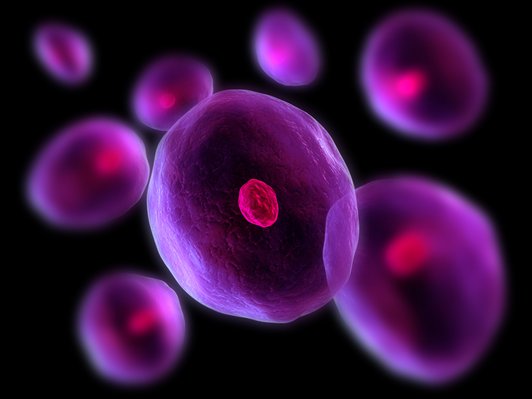
Molecular Targets and Therapeutics Center Signaling and Translation
The Research Unit (RU) “Signaling and Translation” (SAT) investigates how key cellular signaling pathways control health and disease. Our aim is to understand how physiological signaling maintains homeostasis and triggers efficient responses to environmental changes or immune challenges. At the same time, we elucidate how defective or aberrant signaling pathways are contributing to autoimmunity, inflammation, or cell death, which can trigger human pathologies such as diabetes and cancer. We fill the gap between basic science and clinical innovations by providing direct access to technologies and expertise that will foster translation of new discoveries into pioneering targeting strategies. Thus, in SAT we develop new therapeutic concepts to improve treatment of common and unmet medical needs.
The Research Unit (RU) “Signaling and Translation” (SAT) investigates how key cellular signaling pathways control health and disease. Our aim is to understand how physiological signaling maintains homeostasis and triggers efficient responses to environmental changes or immune challenges. At the same time, we elucidate how defective or aberrant signaling pathways are contributing to autoimmunity, inflammation, or cell death, which can trigger human pathologies such as diabetes and cancer. We fill the gap between basic science and clinical innovations by providing direct access to technologies and expertise that will foster translation of new discoveries into pioneering targeting strategies. Thus, in SAT we develop new therapeutic concepts to improve treatment of common and unmet medical needs.
Our Aims
- analyze physiological signaling pathways for maintaining health
- determine pathological signaling processes leading to diseases
- define key targets for therapeutic intervention
- discover drug candidates for clinical translation
Publication Highlights of our Research Unit
2023 Blood
2023 Nature Reviews Drug Discovery
The therapeutic potential of targeting regulated non-apoptotic cell death
2022 Science Advances
Modulation of pre-mRNA structure by hnRNP proteins regulates alternative splicing of MALT1
2022 Cell Death & Differentiation
MS4A15 drives ferroptosis resistance through calcium-restricted lipid remodeling.
2021 Science Immunology
TRAF6 prevents fatal inflammation by homeostatic suppression of MALT1 protease.
2020 ACS Central Science
GTP Cyclohydrolase 1/Tetrahydrobiopterin counteract ferroptosis through lipid remodeling
2020 Molecular Oncology
Latest Publications of Our Research Unit
Read more2024 Scientific Article in JACS Au
Screening privileged alkyl Guanidinium motifs under host-mimicking conditions reveals a novel antibiotic with an unconventional mode of action.
2024 Scientific Article in Frontiers in Immunology
Activation of the aryl hydrocarbon receptor improves allergen-specific immunotherapy of murine allergic airway inflammation: A novel adjuvant option?
2024 Scientific Article in Cell Death & Disease
Fatty acid-binding protein 5 is a functional biomarker and indicator of ferroptosis in cerebral hypoxia.
2024 Scientific Article in Molecular Cell

















































